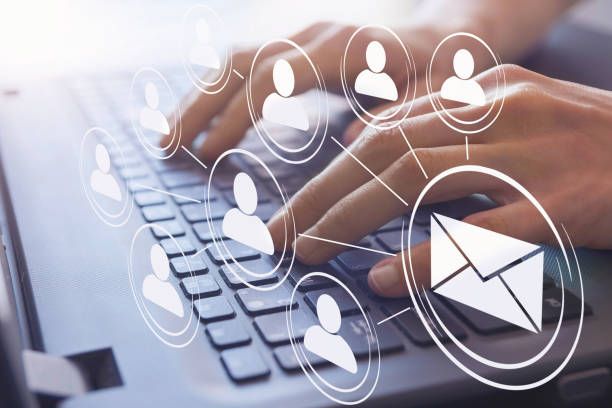In today's digital age, email has become an integral part of our personal and professional lives. However, with the rise of phishing attacks and scams, it's important to exercise caution and verify the legitimacy of incoming emails. In this comprehensive guide, we'll explore effective strategies to determine if an email is legitimate or potentially malicious. By understanding the telltale signs of fake emails and implementing best practices, you can safeguard your personal information, financial assets, and online security.
Understanding Phishing and Fake Emails

Phishing is a deceptive technique used by cybercriminals to trick individuals into divulging sensitive information or performing malicious actions. Fake emails, also known as phishing emails, are designed to imitate legitimate communications from reputable organizations, such as banks, government agencies, or popular online platforms. These emails often employ social engineering tactics to manipulate recipients into taking actions that can compromise their security.

Key Indicators of Fake Emails

- Suspicious Sender Email Address: Pay close attention to the sender's email address. Fake emails often use domain names that mimic legitimate organizations but contain minor variations or misspellings. For example, instead of "support@bankname.com," you may receive an email from "support@banknme.com." Scrutinize email addresses closely to detect any inconsistencies.
- Poor Grammar and Spelling: Genuine organizations typically maintain high standards of communication. Fake emails often contain grammatical errors, awkward phrasing, and spelling mistakes. Be wary of emails that exhibit poor language quality, as they may indicate fraudulent attempts.
- Urgency and Fear Tactics: Scammers frequently create a sense of urgency or fear to prompt immediate action. They may claim that your account will be closed, your data will be deleted, or you will face legal consequences if you don't respond promptly. Legitimate organizations rarely use such aggressive tactics in their communications.
- Suspicious Attachments or Links: Exercise caution when encountering attachments or links in emails, especially if they are unexpected or from unknown senders. Fake emails may contain malicious attachments that can infect your device with malware or lead to phishing websites designed to steal your personal information. Avoid clicking on suspicious links or downloading attachments unless you are confident about their legitimacy.
- Request for Personal or Financial Information: Legitimate organizations rarely ask for sensitive information via email. Be skeptical if an email requests your passwords, Social Security number, credit card details, or other personal data. Reputable institutions have secure channels for collecting such information and would never solicit it via email.
- Poor Branding and Design: Fake emails often lack the polished branding and design elements of genuine communications. Look for inconsistencies in logos, color schemes, or formatting. Pay attention to minor details, such as variations in font sizes or incorrect usage of the organization's branding elements.

How to Verify the Legitimacy of an Email

- Independently Contact the Sender: If you receive an email that appears suspicious, independently reach out to the purported sender using verified contact information. Do not use the contact details provided in the email itself, as they could be part of the scam. By contacting the organization directly, you can confirm the legitimacy of the email and ensure your security.
- Double-Check Website URLs: If an email contains links, hover your mouse cursor over them (without clicking) to reveal the actual URL. Fake emails often disguise malicious links by displaying a legitimate-looking URL in the email body. However, the actual URL may be different. Compare the displayed URL with the genuine website address to spot any discrepancies.
- Use Email Security Tools: Leverage the power of email security tools and antivirus software. These tools can help identify and block suspicious emails, phishing attempts, and malware. Enable email filters and regularly update your security software to stay protected against evolving threats.
- Educate Yourself: Stay informed about the latest phishing techniques and scams. Familiarize yourself with common email scams and the tactics scammers use. By educating yourself, you'll be better equipped to identify and avoid potential threats.
Conclusion
The ability to distinguish legitimate emails from fake ones is crucial in protecting your personal information, financial assets, and online security. By recognizing the signs of fake emails and implementing best practices, you can confidently navigate your email inbox and stay one step ahead of cybercriminals. Remember to scrutinize sender email addresses, grammar, and content quality, avoid clicking on suspicious links or attachments, and independently verify any doubtful emails. Stay vigilant, stay informed, and safeguard yourself against phishing attempts and scams in the digital world.

